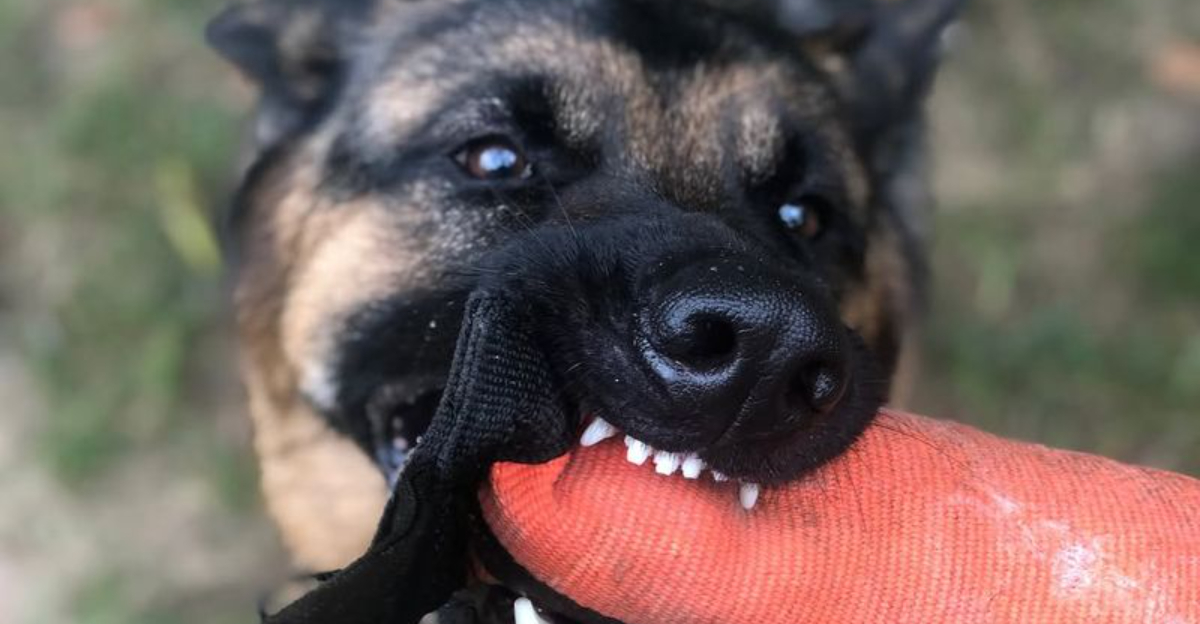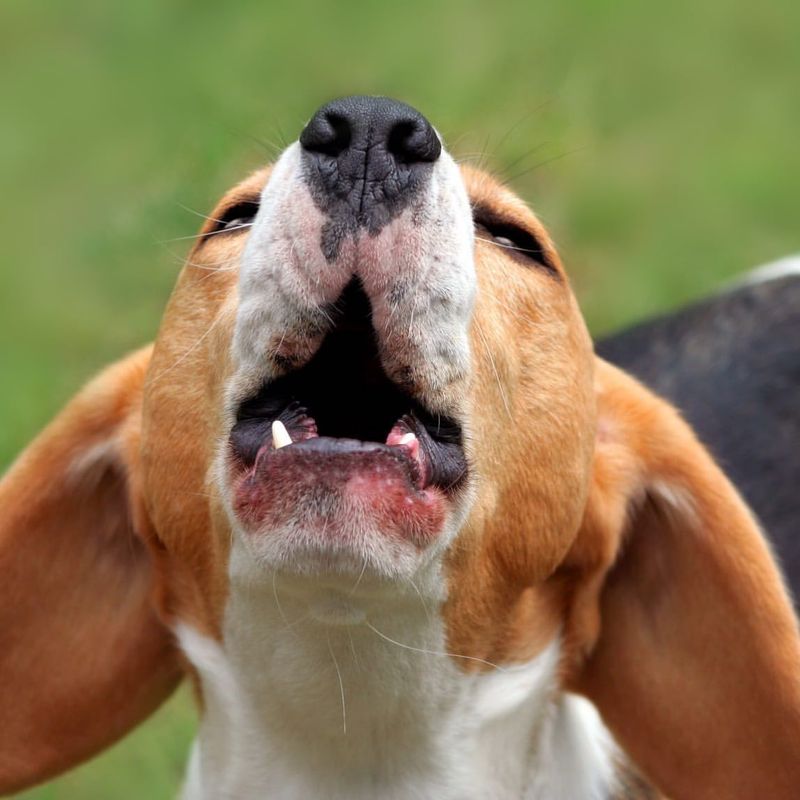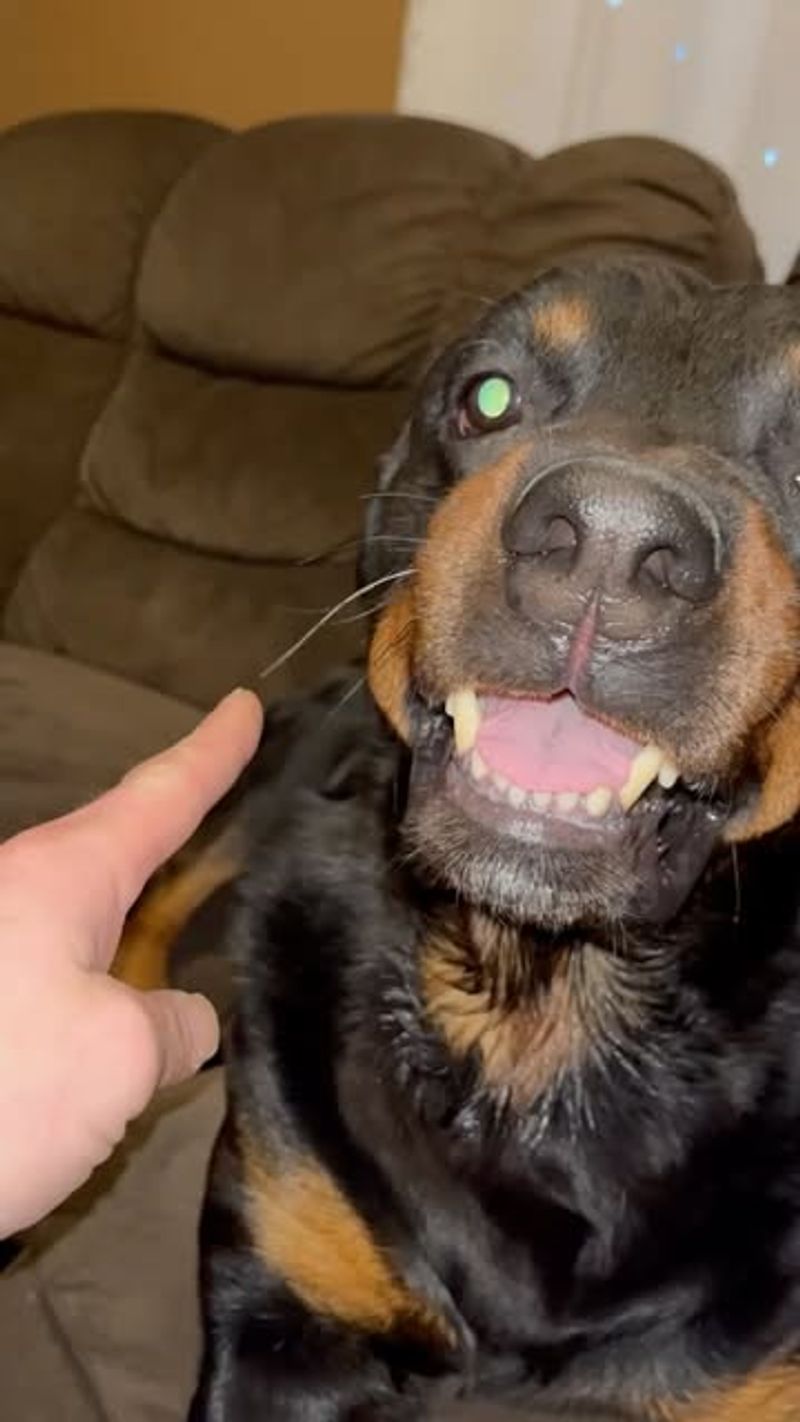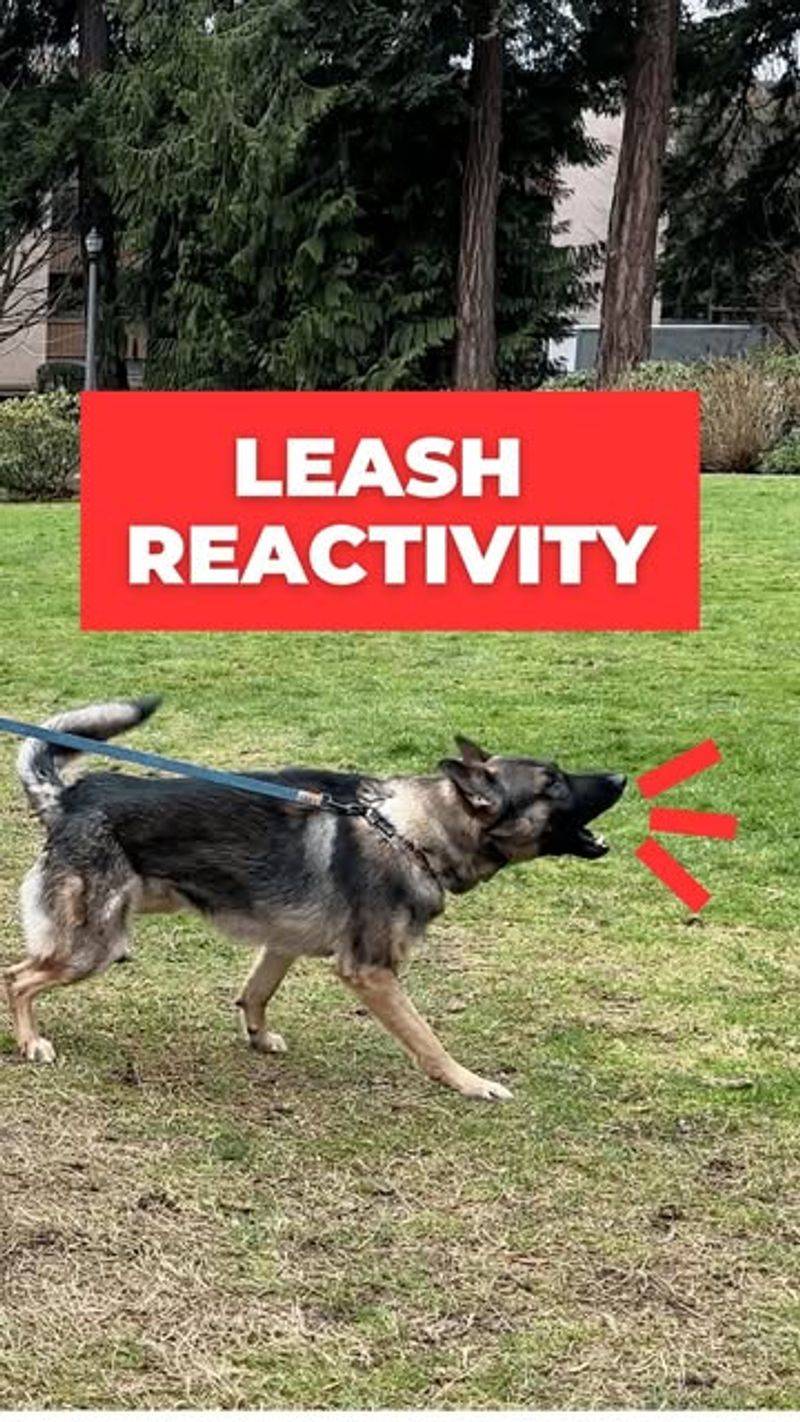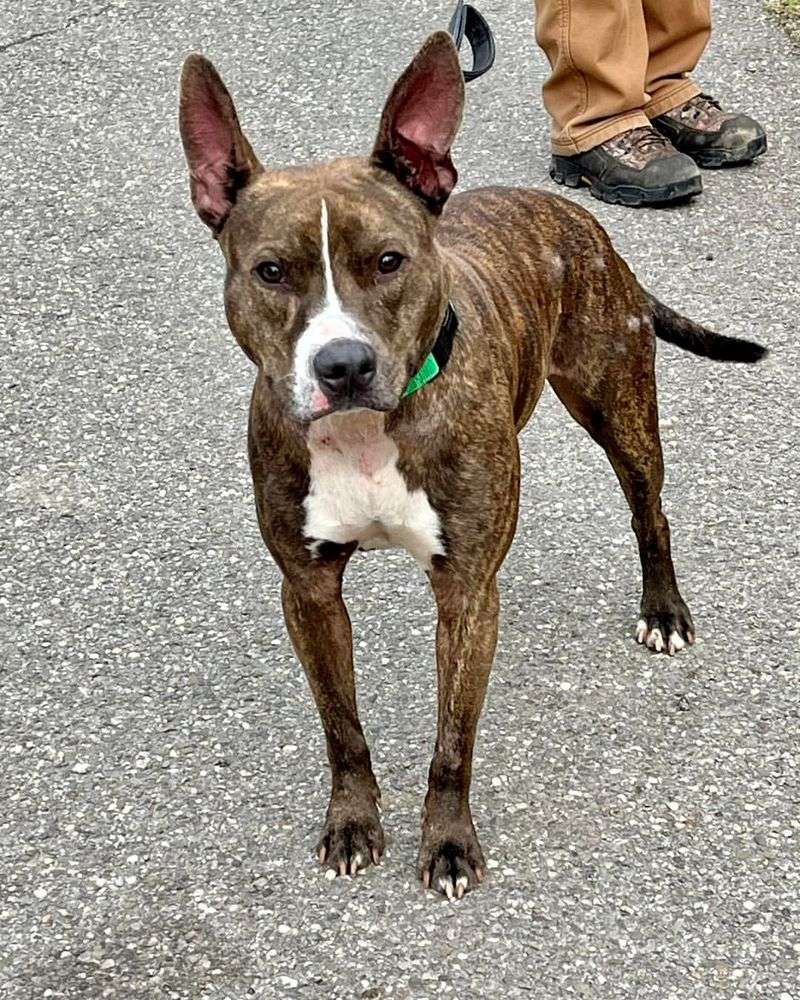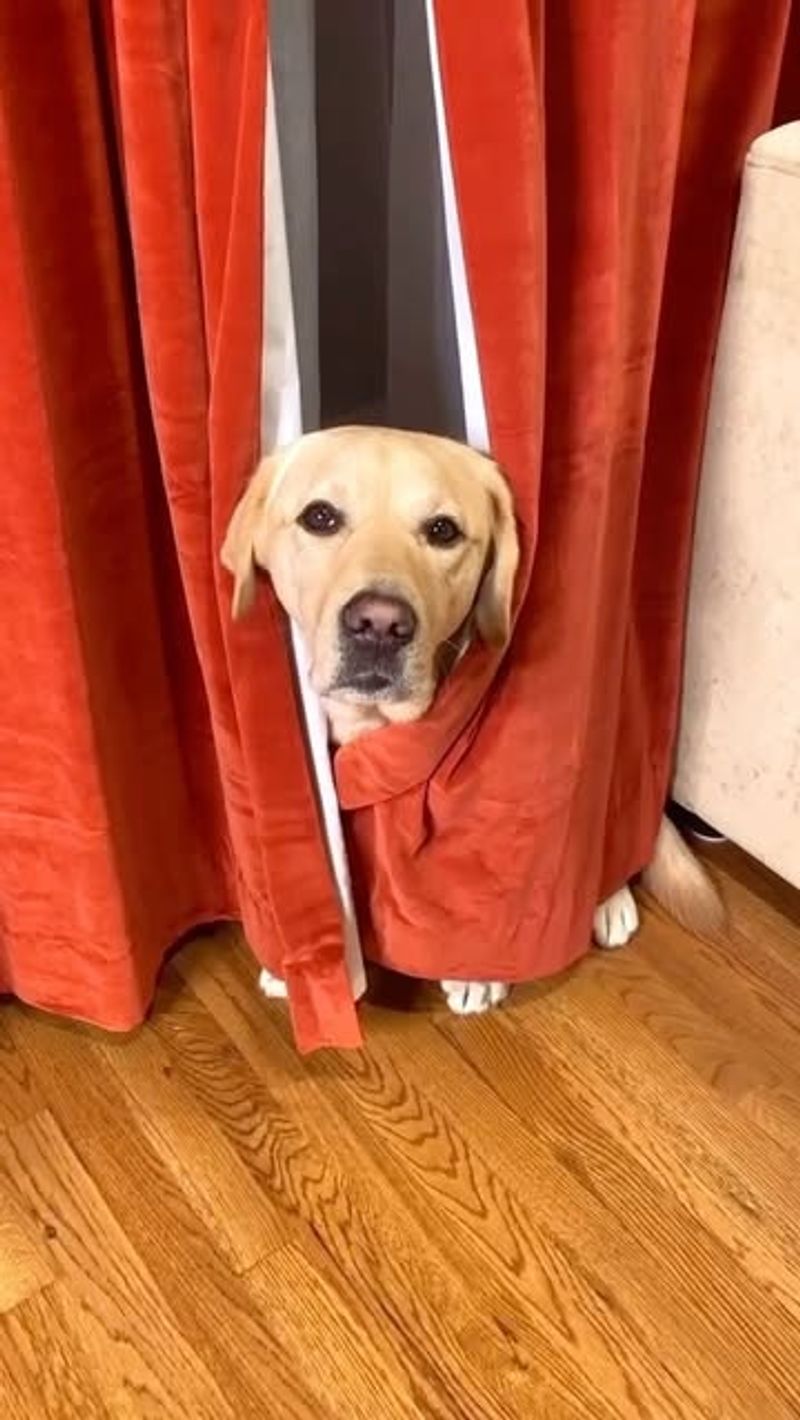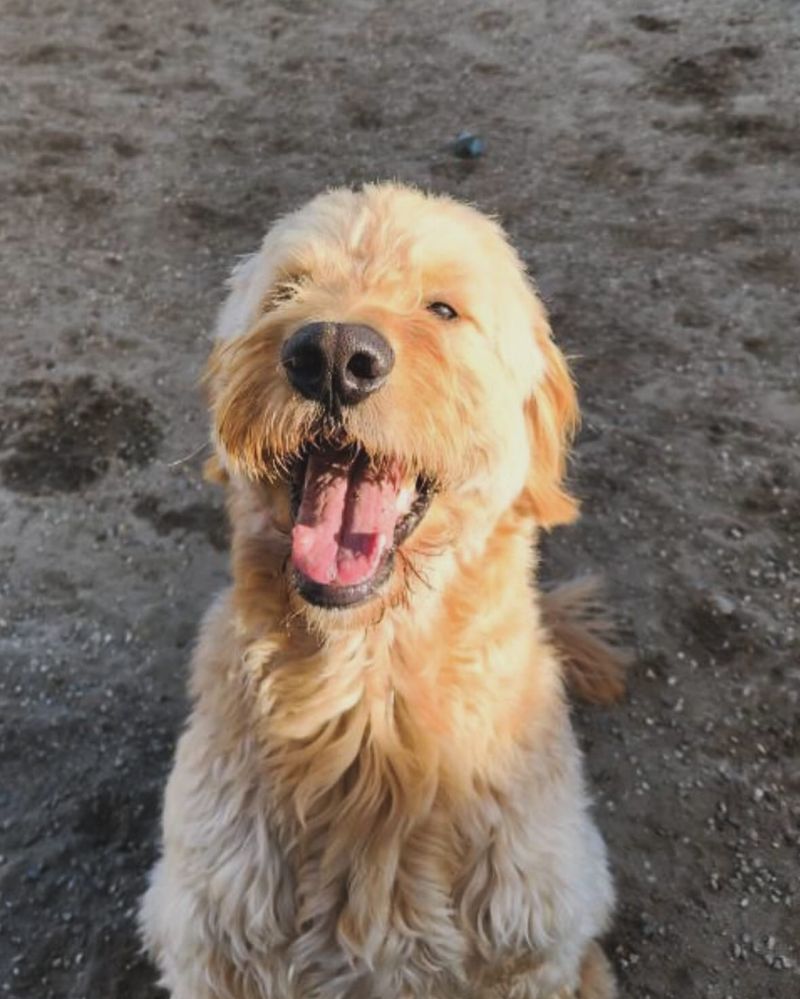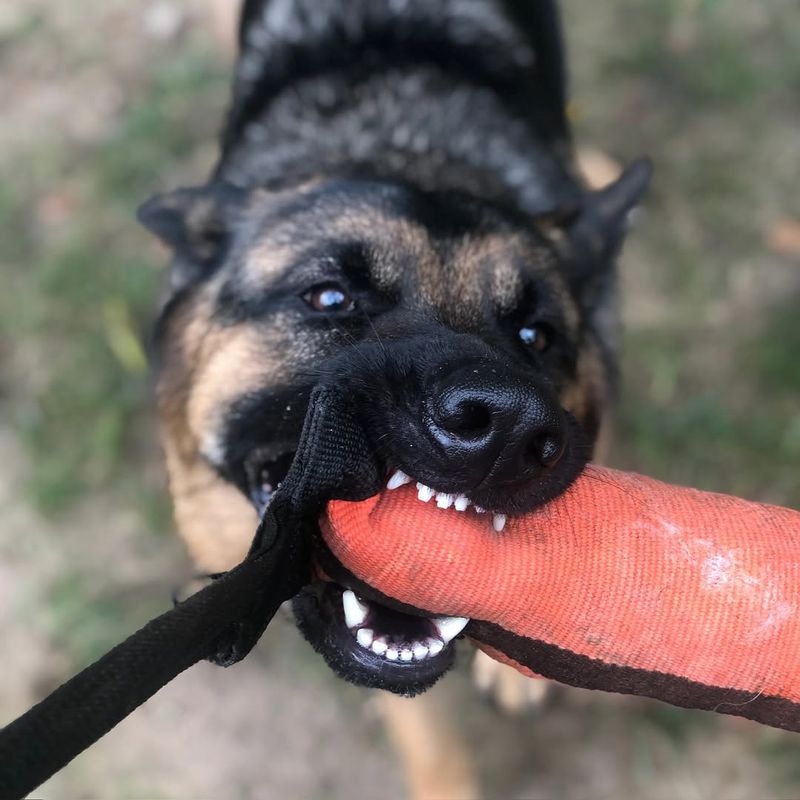Adolescent dogs often face a whirlwind of emotions as they navigate through their developmental stages. During this time, certain behaviors may manifest as signs of reactivity, which could be mistaken for aggression or stubbornness. Understanding these signs can help in addressing the root causes of reactivity and working towards a harmonious relationship between you and your canine friend. Here are nine signs of reactivity in adolescent dogs that trainers say you should keep an eye on.
Excessive Barking
Barking is a natural form of communication for dogs, but excessive barking can signal underlying reactivity issues. Adolescent dogs may bark at anything unfamiliar, from passing cars to neighbors. This heightened alertness is often their way of expressing discomfort or fear. Breaking their attention with commands or distraction toys can sometimes help. However, it’s crucial to recognize the triggers to address the root cause effectively. Observing when and what the barking is directed towards can provide insights into the dog’s anxiety or excitement levels.
Growling or Snarling
Growling or snarling in adolescent dogs often stems from insecurity or fear. When facing new situations or unfamiliar people, they might resort to these vocalizations. It’s important not to punish this behavior as it is simply a form of expression. Instead, offering calm reassurance can help reduce their defensive reactions. Building their confidence through controlled socialization and positive reinforcement training can also be beneficial. By understanding the context of these growls, you can better assess your dog’s comfort level.
Lunging on Leash
Lunging while on a leash can be a classic sign of reactivity, often triggered by excitement or anxiety. Adolescent dogs may lunge at other dogs or people, making walks challenging. Training and patience are key—using techniques like redirection and positive reinforcement can gradually improve leash manners. Ensuring a safe distance from potential triggers can also minimize lunging incidents. Consistent practice in controlled environments will help your dog learn to manage their impulses.
Pacing or Restlessness
Restlessness or pacing is another indicator of reactivity, often rooted in anxiety or excess energy. Adolescent dogs might pace in circles or move anxiously from room to room. Providing mental and physical stimulation, such as puzzle toys or extended walks, can alleviate this restlessness. Routine and structure also play vital roles in making them feel secure. Analyzing their daily routine can help identify gaps in their needs, leading to more content and relaxed behavior.
Tail Tucking
Tail tucking is a subtle but telling sign of reactivity, often associated with fear or submission. An adolescent dog with a tucked tail might be feeling overwhelmed or threatened. Providing a safe and reassuring environment can help them feel more secure. Understanding their triggers and responding with patience and calmness is essential. Gradual exposure to their fears with positive experiences can encourage more confident body language over time. Observing their body language helps in assessing their comfort level.
Lip Licking or Yawning
Lip licking and yawning in dogs can indicate stress or discomfort, often seen in reactivity. These subtle signs may go unnoticed but are critical in understanding their emotional state. In adolescent dogs, these behaviors can occur during tense situations or when they feel cornered. Providing them with space and a calm environment can ease their stress. Recognizing these signals early allows you to intervene before reactivity escalates. Practicing calm, assertive guidance can help them navigate through stress-inducing scenarios more comfortably.
Cowering or Hiding
Cowering or hiding reflects fearfulness, with adolescent dogs often retreating to small, enclosed spaces when feeling threatened. This behavior is a clear indicator of reactivity due to anxiety. Creating a safe haven for them to retreat to, such as a quiet room or a comfortable crate, can provide relief. Positive reinforcement and gradual exposure to their fears help build their confidence. Understanding the reasons behind their fear is key to fostering a sense of security and trust in your dog. Consistent reassurance will encourage more confident behavior.
Excessive Drooling or Panting
Excessive drooling or panting can be physiological responses to stress or heightened excitement, common in reactive dogs. Adolescent dogs might exhibit these behaviors in unfamiliar environments. Ensuring they have access to water and a cool place to rest can ease their physical discomfort. Identifying triggers and minimizing exposure can prevent escalation. Recognizing these signs early allows for timely intervention, promoting better management of their stress levels. Providing a calm, familiar environment facilitates relaxation and reduces reactivity.
Snapping or Biting
Snapping or biting often represents a defensive reaction in adolescent dogs. Such behavior usually arises from fear, pain, or feeling cornered. Understanding the root cause is crucial to addressing this reactivity. Training and professional guidance can help redirect these aggressive tendencies. Providing consistent, positive experiences and reinforcing good behavior is vital. Teaching bite inhibition through controlled exercises can significantly reduce the likelihood of biting incidents. Recognizing and managing their triggers is essential for their overall well-being.
